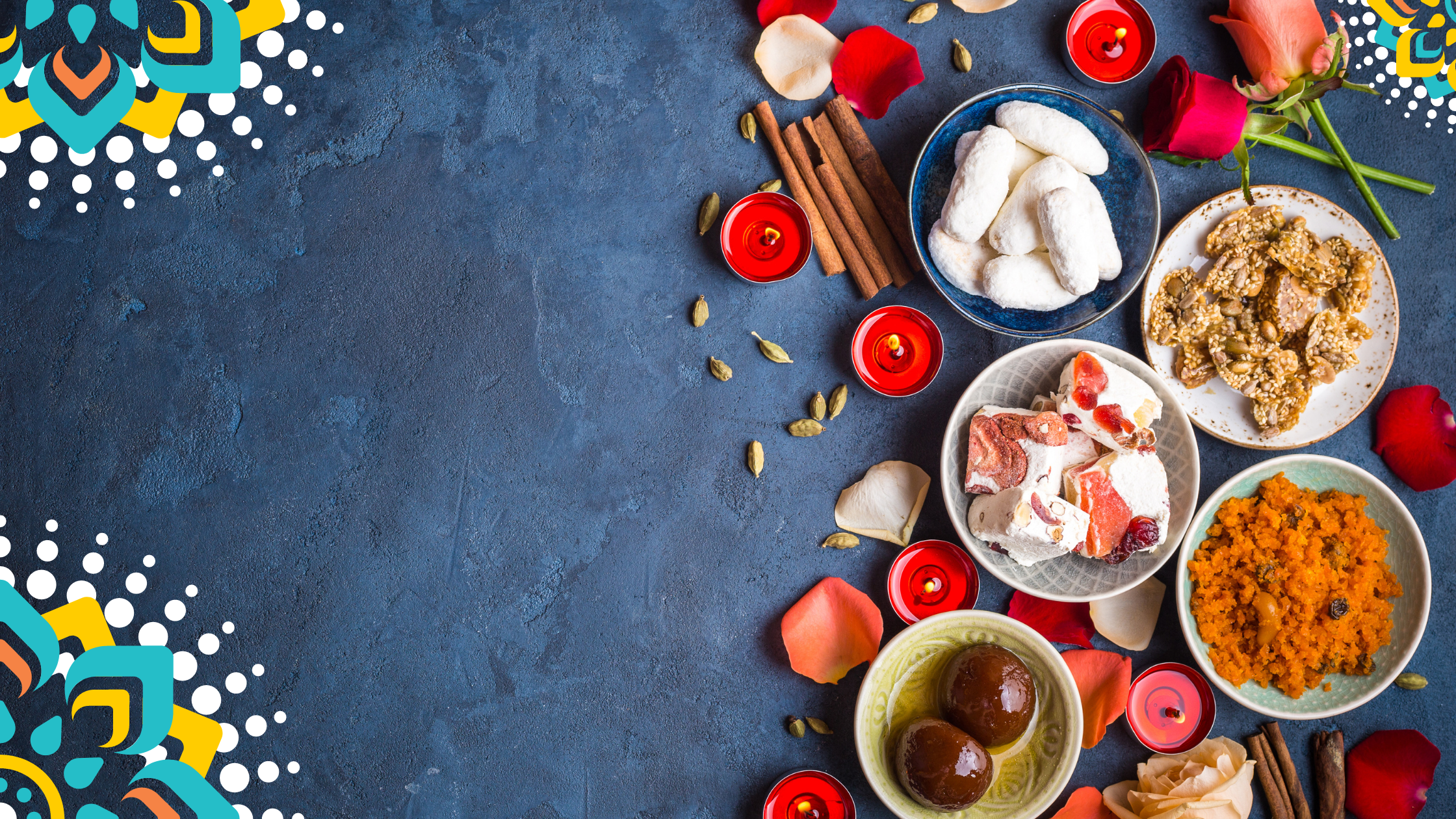Six Traditional Goan Diwali Sweets To Make And Share This Season
By sanjit Posted 13-11-2020 Architecture
On Diwali morning, the celebration of good over evil is symbolized by first tasting a sour fruit before eating the sweet treats. Traditionally the women of the house in large joint families got together to prepare Diwali sweets, bond with each other, and pass down the traditions to the younger generations. Nowadays a lot of the faral (an assortment of snacks with a longer shelf life) preparations are outsourced but the dessert table is still decked with a large variety of traditional Goan Diwali sweets.
Here are some traditional Goan Diwali sweets that you will find in most houses in Goa during the festive season.
#1 Neureos:
Also known as Karanji in Maharashtra, neureos is a delectable Goan sweet made during Diwali. Best described as a crescent-shaped dumpling, it is made of refined flour and is filled with grated coconut, sugar, poppy seeds, cardamom, and almonds.
#2 Fov:
Beaten or flattened rice, known as Poha throughout India, locally known as Fov is the star of every traditional Diwali celebration in Goa. It is a strong reflection that rice is the staple food of Goa. It is usually prepared in all of five different ways.
- Bataat Fov (with piquant potatoes)
- Doodhatlye Fov (with milk)
- Rosathle Fov (with cardamom-infused coconut milk)
- Takatle Fov (with buttermilk)
- Kalayile/thikshe Fov ( mix of coconut jaggery and spices)
#3 Ladoos:
These sweet spheres of bliss have their origins in ancient Indian medicine. 4BC legendary surgeon Sushruta, whose works are often regarded as the basis of Ayurveda, used to give Til ladoos to his patients as antiseptic treatment.
In Goan households, ladoos are made of rava (semolina), besan (gram flour), or pithya (whole wheat flour) and named accordingly. They are prepared with pure homemade ghee which gives them a distinctive flavour. They rank on most people's top three Goan Diwali sweets.
#4 Chakli:
This spiral-shaped, Indian snack is usually made of flour, flavoured with the powder of various seeds and spices, and fried in oil. The flour used is typically made of rice, Bengal gram, or black gram. The seeds used include coriander and cumin powders and sesame whole seeds. A dough of these ingredients is pressed through a mould into coiled, circular forms and deep-fried till light golden brown and crispy.
The chakli is also called Chakri in Goa and is a little different from the rest of India. Although it is a savoury snack in the rest of the country, in Goa, coconut and jaggery are added to the mix to make it a crunchy sweet delight.
#5 Churmo:
A confluence of sweet and spicy, churmo is a crunchy snack. Traditionally in Goa, for Diwali, parents send their married daughters a basket of homemade sweets called “Waje” which include the sweet and mildly spicy churmo. A “Khajekar” or traditional sweet maker used to visit homes to prepare this sweet during Diwali in the past, now if it's too troublesome to make sweets at home they are bought readymade.
Churmo is made of refined flour, jaggery, and nuts with chilli powder and spices and has an underlying flavour of ginger.
#6 Fenoryos:
Delicate and light as angels wings, fenoryos are a hot favourite in Goan homes. A similar flaky buttery sweet snack is made in Karnataka and Maharashtra and is called Chirote.
Made of refined, wheat flour, rice flour, and ghee, these multilayer crispy disks are sprinkled with powdered sugar. They are an absolute delight to eat as they melt in the mouth in an explosion of sweet crunchiness.
Diwali is not just a vibrant, colourful celebration of lights it is also an exhilarating festival of flavours. If you are contemplating buying your dream home in Goa then you must explore the exciting food culture of this eclectic state. Which mouthwatering traditional Goan Diwali sweet do you plan to make this season?
This site uses Akismet to reduce spam. Learn how your comment data is processed.


